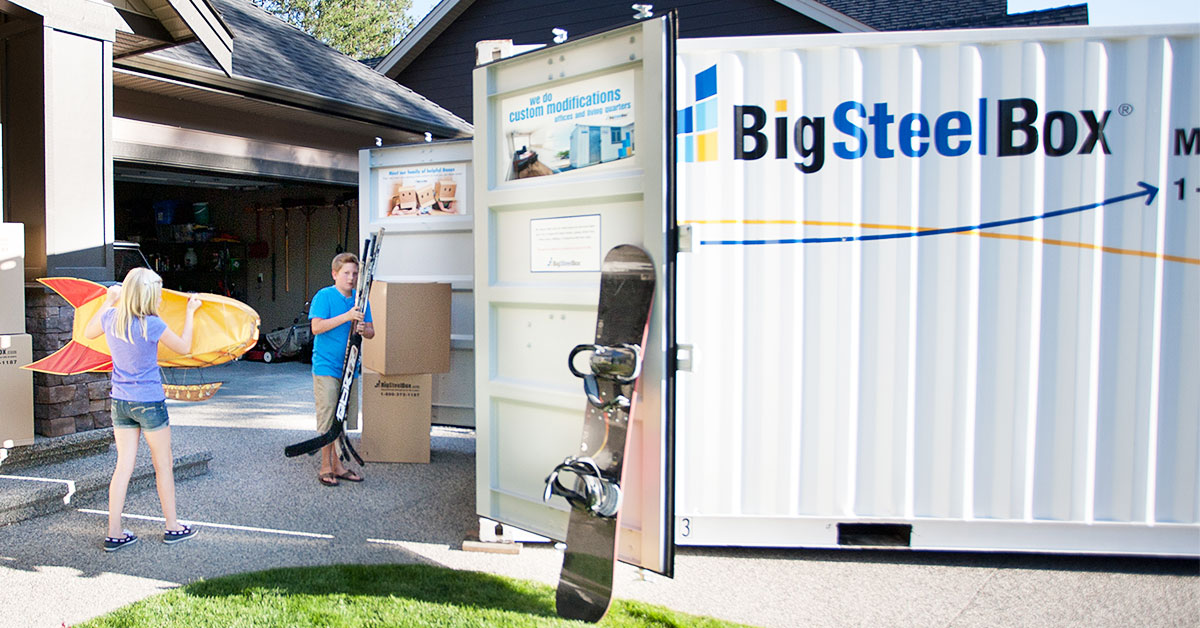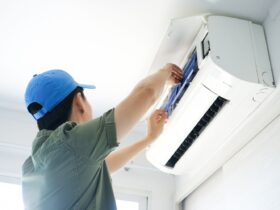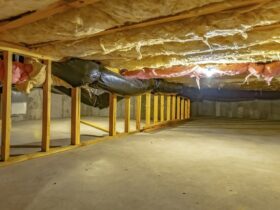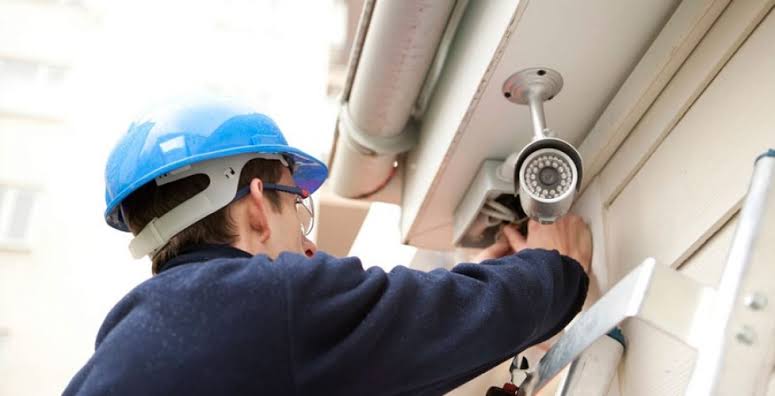For a lot of contractors, hiring a crane makes more sense than buying one. There are different types of cranes for specific building needs and situations. By hiring a crane, contractors can have greater financial flexibility for other construction expenses.
If you have experienced the process of getting proposals from different crane hire companies, you already know that even hiring requires a significant investment. Being aware of mistakes you can make during the crane hire process will greatly help you know exactly what to consider and plan for when renting a crane.
Below are some of the top mistakes contractors commonly make when hiring cranes:
1. Not having a lift plan
A lift plan details what you plan to do with the crane. The aim of creating a lift plan is to make the process more systematic, saving you time and keeping your workers safe in the process.
With this document in hand, you can better prepare the site for the crane, identify any potential issues, and devise workaround solutions.
This document should include information about the crane itself, such as the load capacity and the weight of the items to be lifted. It should also detail where the crane and materials should be placed as well as the number of workers onsite.
The lift plan is not just meant for the contractor. It is designed to educate the operator and workers on what to expect while the crane is onsite.
By sharing the lift plan, you are giving your workers time to prepare for their tasks. The document can also help your workers become more aware of any potential hazards onsite and stay safe while doing their job.
2. Getting the wrong crane
Cranes come in a wide range of types and sizes to suit different construction needs. Hiring the wrong crane type or size will not only cause you to waste time and money, but the crane can also become an additional safety hazard for your workers onsite.
Talk to several crane companies before settling on a particular model. Explain your needs and the amount of space available onsite. Provide as much information about the loads that need to be lifted, including the number, size, and frequency of lifting activities.
By giving crane hire companies a detailed description of your needs, they can give you a better idea of the types of cranes you can use and provide a more accurate crane rental quote. If possible, you might also give a tour of the site to provide the crane hire companies with a visual indication of your requirements.
3. Being stingy
Going for the most affordable option may not always be a practical choice. Hiring the lowest-priced model or crane operator may require more time and cost you more money in the long run.
Before you choose a crane, check if the specifications fit your requirements. The same applies when looking for an operator.
Hire a licensed operator who is experienced in using the crane you need. An experienced operator knows which techniques work best in lifting certain loads safely and efficiently.
4. Not scheduling in advance
The crane you need may be available now, but there is no way of knowing for how long. Your preferred schedule may be a peak period for crane hire companies. When you delay, you may end up paying more for the crane you want.
Confirming your hire in advance also ensures that you get a qualified crane operator for the job. By having an experienced crane operator on your team, you can get the job done more quickly while ensuring safety.
Signing the contract early also allows you to plan ahead. By securing the crane you need earlier, you can identify potential issues and devise solutions for them. Common challenges you need to think about include extreme weather changes and even traffic while getting the crane to your site.
5. Underestimating the required time
When determining how much time you will need the crane for, give your crane operator and workers ample time to do their work. Getting the job done right the first time is better than rushing them to meet a deadline. The safety of your workers onsite is more important than any project deadline.
Emergencies can happen at any given moment. As such, always account for any potential causes for delays such as bad weather and traffic conditions, among others. By keeping these factors in mind, you can get a more realistic estimate of how long you’ll need both the crane and operator.
These are some of the most common mistakes contractors make when hiring a crane. Now that you are aware of them, you are in a better position to avoid committing these mistakes when working with a crane hire company.
AUTHOR BIO
Hermann Buchberger is the Founder and CEO of Active Crane Hire (ACH). He’s taken the company from start-up to Industry Leader offering the largest fleet of construction cranes in Australia. ACH launched a new type of crane previously unheard of in the Australian market: electric tower cranes. The company’s infrastructure and associated services now comprise a fleet of trucks and trailers, a crane-rigging team, mobile crane technicians, a fleet of service vehicles, and an extensive range of crane spare parts.









